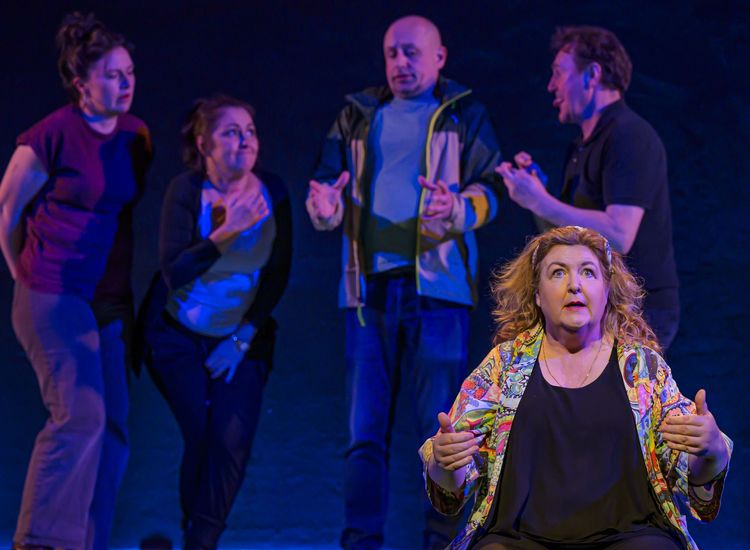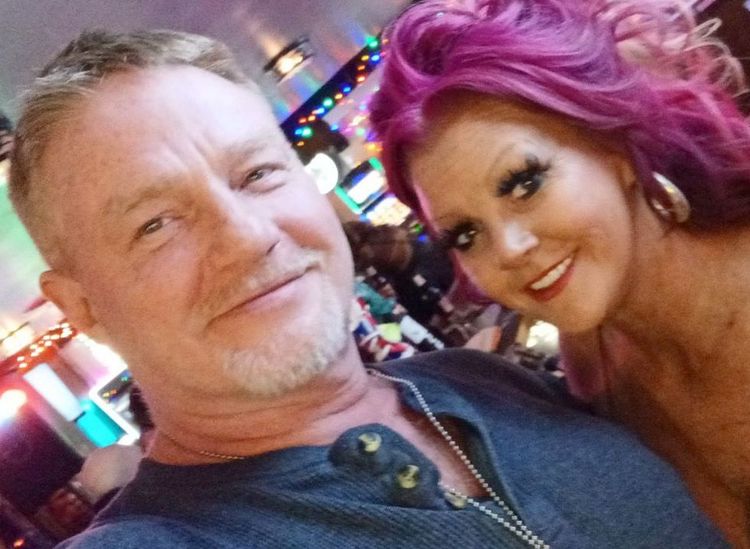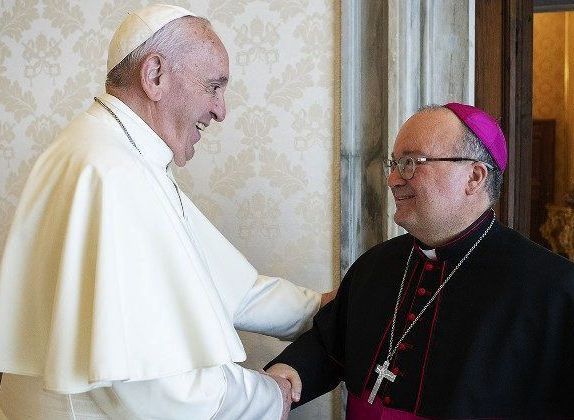CEOL By Earle Hitchner
In 2006, at age 12, jazz-pop singer Nikki Yanofsky performed in front of more than 100,000 people at the Montreal International Jazz Festival. She is the youngest musician ever to appear at this jazz festival, the world's largest.
In 2007, at age 13, the Montreal-born vocalist recorded "Air Mail Special," a song composed in 1941 by Charlie Christian, Benny Goodman, and Jimmy Mundy, as a bonus track for the album "We All Love Ella: Celebrating the First Lady of Song" (Verve). The CD, which introduced me to Yanofsky's singing, also featured Stevie Wonder, Diana Krall, Lizz Wright, Linda Ronstadt, Gladys Knight, Dianne Reeves, and Etta James.
Yanofsky also has sung at the 2010 Winter Olympics in Vancouver; performed or recorded with Will.i.am of the Black Eyed Peas, Herbie Hancock, Wyclef Jean, and the Count Basie Orchestra; did a photo shoot for Women's Wear Daily; was nominated for two Juno Awards (Canada's equivalent to the Grammys); was profiled by NBC-TV's news anchor Brian Williams; and on May 4, released her U.S. album debut, "Nikki" (Decca), co-produced by Jesse Harris, a past collaborator of Norah Jones, and industry legend Phil Ramone. Along the way she even found time to found the Nikki Yanofsky Foundation at Montreal Children's Hospital.
That's a dazzling dossier of accomplishment for a musician who turned 16 years of age on February 8. And it put me in mind of the comparably gifted young performers I've seen and heard in Irish dance and music over the decades.
A number of "Ceol" readers know that besides writing regularly about Irish traditional music, I write occasionally about jazz. In that capacity I was invited to a sold-out showcase performance by Nikki Yanofsky on May 4 at Dizzy's Club Coca-Cola, named after jazz trumpeter Dizzy Gillespie and located on the fifth floor of Jazz at Lincoln Center that offers a panoramic view of Central Park and the Manhattan skyline.
An eight-piece jazz band backed Yanofsky, who wore a short-waisted coat, mirror-glaze black shorts, and high-top Converse sneakers with a splash of glitter near the ankles. Normally I couldn't care less about a performer's attire (I'm a music, not fashion, critic), but I found Yanofsky's outfit interesting iconographically. It suggested she was hip, funky, confident, assertive, and, yes, still a teenage schoolgirl (she has a B+ average in tenth grade). Glam combined with mufti, composure with coltishness, and I wondered if her appearance was a little calculated to disarm any critic who might be poised to hold her youth against her. Jazz critics in particular can be notoriously territorial and unforgiving.
But as she proved three years ago in her deft scatting (the jazz counterpart to Irish traditional lilting) in "Air Mail Special," Yanofsky's vocal ability is formidable. Ella Fitzgerald's influence, via iTunes, was evident in Yanofsky's interpretations of "Take the 'A' Train," "I Got Rhythm," "Lullaby of Birdland," and the scat-laced "(If You Can't Sing It) You'll Have to Swing It (a/k/a Mr. Paganini)." Yanofsky also sang several songs she's co-written, such as the self-descriptive "Never Make It on Time" (she admitted being late for the recording of this track) and "Cool My Heels."
Her preternatural precocity as a singer, however, never made me forget that she is just 16. When Yanofsky sang "Over the Rainbow" with only piano for accompaniment, I thought of another singer of undeniable young promise, Judy Garland, who was also 16 years old at the time she was cast for the movie "The Wizard of Oz." I remember listening to several, seldom-heard outtakes of "Over the Rainbow" recorded back then by Garland, each time lending it a differently inflected heartache that cumulatively was heartbreaking to hear.
And then I thought of what Irish stepdancing instructor Donny Golden told me recently about protecting his young students from trying to do too much too soon at the possible expense of their health.
Is Nikki Yanofsky trying to do too much too soon? Does the relentless mainstream marketplace emphasis on youth undercut or limit being young? Are some zealous stage parents of, say, young Irish stepdancers pushing their kids too hard too fast in the hope of eventual stardom in a "Riverdance"-like show?
For that matter, do children ever go outside and simply have fun without conforming to a personal or parental agenda? Does "play" have to be structured to be worthwhile? What's wrong with daydreaming during leisure hours?
Some of my best ideas have emerged from staring into space. "You're lost in thought," my mother would sometimes tell me when I was an adolescent. "What?" I usually replied, confirming her perception.
My hope for Nikki Yanofsky and every other teenage prodigy, including those in Irish stepdancing and traditional music, is that they do not follow Bob Dylan's dictum to stay forever young. I want Yanofsky and her contemporaries to learn from the experience of growing up unpushed and unrushed and then bring it to their mature art. For there will come a time when the escape hatch of youth won't open. That's when exceptional, early talent gets truly tested and, with pluck and luck, flourishes in far more interesting ways.
Until that time arrives, check out the album "Nikki" or visit www.nikkiyanofsky.com for some video footage of her impressive singing. A star is born? Judy Garland might smile in cautious agreement.
R.I.P., Mike Garry
On April 25, Mike Garry passed away from cancer.
From Ballynacally, County Clare, Mike worked at Con Edison for more than three decades. But I knew him from his attendance over the years at Irish traditional music concerts in The Turning Point, a club in Piermont, Rockland County, N.Y. Mike would usually sit at the far side of the bar, well to the right of the stage and tables, and enjoy the music from there.
In fact, he was enraptured.
He was the best possible audience for accomplished Irish traditional music. Something indescribable stirred within him. At the end of the night, when the music had ended and the post-concert conversations began to soften into goodbyes, Mike would still be savoring what he heard and saw. The music moved him so profoundly that he was often speechless.
"Enjoy the show?" I usually asked him.
His eyes were alight with awe and seemed on the verge of tears. In seeing Mike's wordless reaction, I saw how powerful the hold this music had on all of us.
Very late on the night of March 11, 2001, at The Turning Point, owner John McAvoy snapped a photo of Mike, myself, WFUV-FM's "A Thousand Welcomes" host Kathleen Biggins, and the trio who had performed: button accordionist Joe Derrane, fiddler Seamus Connolly, and guitarist-mandolinist John McGann. The caption refers to Mike, wearing a baseball cap, as a "patron/friend."
He was all of that and more. Mike Garry showed his support by simply showing up. Great music deserves great listeners, and Mike was a great listener.
Visit www.turningpointcafe.com, click on "Recent Photos," and scroll way down until you spot the snapshot. Mike is standing between Seamus and me.











